A good gardener always starts as a good weeder. – Amos Pettingill, author

What are Weeds?
These are some of the accepted definitions of a weed:
- A plant growing where it is not wanted
- A plant out of place and not intentionally sown
- A plant whose virtues have not yet been discovered. (R.W.Emerson)
- Plants that are competitive, persistent, pernicious, and interfere negatively with human activity (Ross, et. Al.)
Another better definition is:
“Plants that originated under a natural environment and, in response to imposed and natural environments, evolved and continue to do so as an interfering associate with our desired plants and activities” (Aldrich and Kremer, 1997).

No matter what the definition used, weeds are invasive plants. They are competitive, fighting your garden plants or lawn grass for water, light, nutrients and space.
Their undesirable qualities outweigh their good points. There are approximately 250,000 species of plants around the world, and about 3% or 8000 species of those behave as weeds.
Plant ecologists suggest that specific plants have specific characteristics that make them likely to become weeds.
They possess one or more of the following:
- Abundant seed production
- Rapid population establishment
- Seed dormancy
- Long-term survival of buried seed
- Adaptation for spread
- Presence of vegetative reproductive structures
- Ability to occupy sites disturbed by human activities
Weeds in Agriculture
Around 30,000 weed species worldwide are reducing the quality and volume of crop yields. This is according to Bayer CropScience. Weeds can destroy native habitats, threaten native plants and animals, and even choke rivers and forests.

Weeds are the most costly category of agricultural pests in organic farming. Since principles don’t allow the use of most herbicides, organic farmers consider weeds a barrier to successful production.
Major weed invasions can change the natural diversity, and balance of ecological communities. The alarming figures for 2014: 238 of the 1,000 worst and most commonly found weed species have developed resistance, in 84 crops and 66 countries.
It is estimated that weeds cost Australian farmers around $1.5 billion a year in weed control activities, and a further $2.5 billion a year in lost agricultural production.
Another source estimates that U.S. farmers annually spend $3.6 billion on chemical weed control and $2.6 billion for cultural and other methods of control. Weeds reduce farm and forest productivity, they invade crops, smother pastures and in some cases can harm livestock.

Other problems associated with weeds in agriculture include:
- Reduced crop quality by contaminating the commodity;
- Interference with harvest;
- Serve as hosts for crop diseases or provide shelter for insects to overwinter;
- Limit the choice of crop rotation sequences and cultural practices
- Production of chemical substances which are toxic to crop plants, animals, or humans.
Weeds in the Garden
Part of growing your own garden means that you will also be growing weeds at some point. Weed Identification is one of the most important keys to becoming a successful gardener.

The problem with weeds is that they are able to spread rapidly. Something gardeners seek to manage and control. However, weeds still play a key role in the ecosystem.
Weeds are a constant fact of life in vegetable crops. With a little diligence and timely weeding, the home gardener can turn most weeds into beneficial organic matter.
Having an ecological understanding of weeds is the foundation of an effective organic weed management program that can make the difference between success and failure.
Guide to Weed Identification
Knowing what type of weed you are dealing with will help you choose the best method of control. There are generally three types of common weed plants based on their growth characteristics.
Annual types

These germinate and spread by seed, having an average lifespan of one year. They can rapidly colonize a garden with their large numbers of seeds. In the garden, they are weeds of cultivated ground. They take advantage of the soil being broken up for crop plants.
Examples of annual weeds include:
- Barnyardgrass
- Crabgrass
- Foxtail (giant, yellow, green)
- Wild oat
- Fall panicum
Perennial Types

These are more of a problem because they can live for several years. Most have extensive root systems, making them hard to eradicate. Even if you remove the entire root, any pieces left in the ground will regrow. They also survive the winter by storing food in their roots.
Examples of perennial weeds include:
- Quackgrass
- Artichoke
- Bindweed (field and hedge)
- Sowthistle
- Nutsedge
Biennial types

Biennial weeds complete their life cycle in two years, germinating and forming rosettes in their first year, and producing flowers and seeds in their second year.
Examples of biennial weeds include:
- Bull thistle
- Garlic mustard
- Ragwort
Two Groups of Weeds
In addition to their growing type, most weeds in turf and landscapes fall into two major groups. The first we call broadleaf weeds, or, as scientists refer to them, dicots. The second major group is the monocots, which includes the grasses.
Broadleaf Weeds
Broadleaf weeds are usually very easy to identify. As the name implies, these plants have relatively wide leaf blades compared to grasses. The leaves may be simple (having one leaflet, like dandelion) or compound (having more than one leaflet, like clover). Veins within the leaf give a netted appearance in most cases.
Dandelion
A tap rooted perennial weed, the plant features a deep, fleshy taproot which often branches. Leaves branching from the taproot form into rosettes and can remain green throughout the year.

Proper mowing and watering can help Dandelion control by creating dense turf, which inhibits the weed’s ability to grow.
Ground Ivy
Another perennial often found in moist, well shaded areas, ground ivy can be identified by its long, creeping, square stems that root at the nodes.
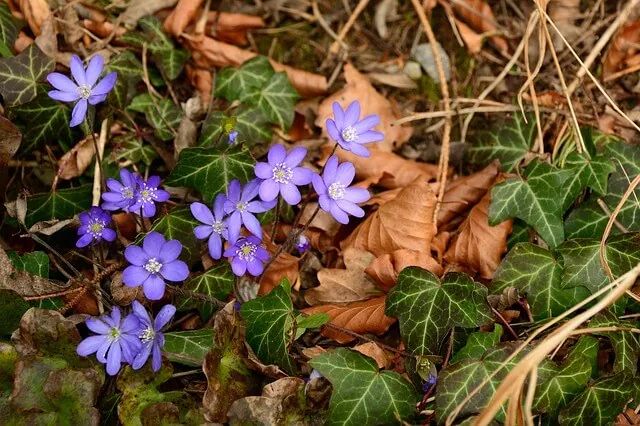
Ground Ivy is a considerably aggressive weed. Mowing and manual removal can limit its growth, but these practices are likely to eliminate the weed completely.
Black Medic
An annual weed that features a taproot, black medic’s stems are hairy, growing upright and somewhat square. The weed also features small, yellow flowers that are clustered on the end of the stalk.

Maintaining proper levels in your lawn’s soil can also help discourage this annual weed. Proper mowing and watering practices can also keep black medic at bay.
Broadleaf Plantain
This plant is mostly found in gardens, orchards, and other undisturbed locations. It is a rosette-forming perennial of high or low maintenance turf. Its leaves are smooth or inconspicuously hairy and prominent veins run parallel with the margins.

Hand-pulling is only an effective short-term method for removing this weed. It can disrupt the seeds from their pods, spreading them in your lawn.
Narrow Leaf Weeds
These are plants with a single cotyledon or seed leaf. Their leaf blades usually have parallel venation, and fibrous roots systems. Monocots may be grouped as grasses, sedges, or lilies.
Giant Foxtail
Being warm-season annual grasses, giant foxtails have short hairs on the top surface and margins of the leaf blade. Mostly found in corn and soybean fields, in lawns, gardens and turf.

Yellow Nutsedge
A known perennial, this plant spreads easily since it reproduces by rhizomes, tubers, and seeds. One key in the identification of yellow nutsedge is the simple, triangular-shaped stem of the plant.

Wild Garlic
A cool-season perennial, it is difficult to eliminate this weed in small grain field. It can contaminate the crop, thus lowering its value. Wild garlic propagates itself by developing underground bulbs that grow into new wild garlic plants.

Large Crabgrass
A warm-season annual, it appears in many crops as well as in gardens and lawns. Stems are erect or spreading, smooth, often rooting at the nodes. Large crabgrass seeds germinate in late spring and grow well in dry, hot weather.
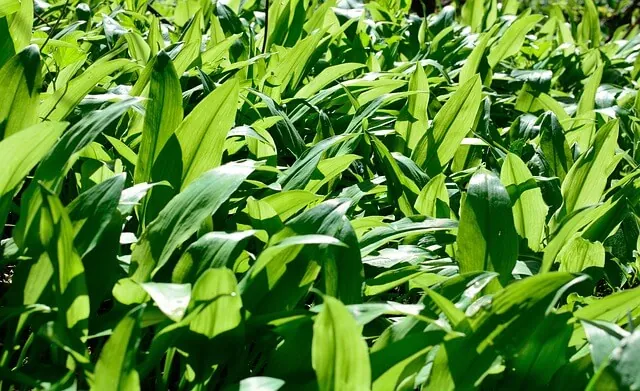
Goosegrass
Often appear in corn and soybean fields, it’s a warm-season annual weed that can be identified by its flat stems and seedheads.
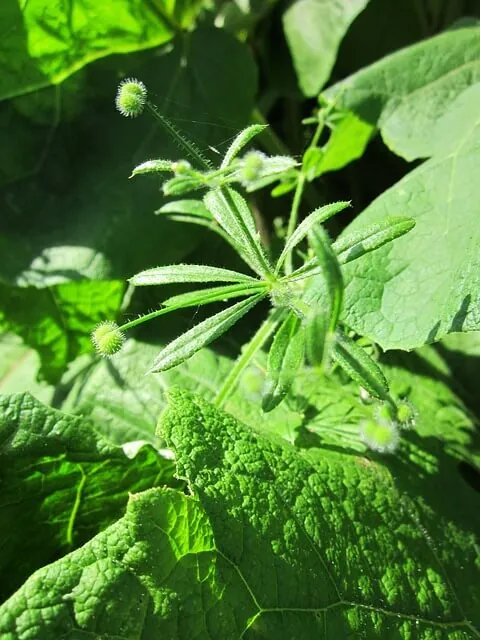
There are several tools to help you identify weeds on your property. This Identification Tool lets you easily identify a weed based on the features of a particular plant.
Weed Control
If you ask gardeners to track every hour spent in the garden, they would probably tell that they do an inordinate amount of weeding.

There are a number of weed control methods, depending on the weed and the gardener. Here are your options:
Cultural Weed Control
It’s one of the easiest ways to control weeds. It involves close planting to reduce weed growth by eliminating open space.

Cover crops can also be effective. It means using a plant in order to literally ‘cover’ a piece of land that is not in use.
Mechanical Weed Control
Mechanical weed control refers to any technique that involves the use of farm equipment to control weeds.
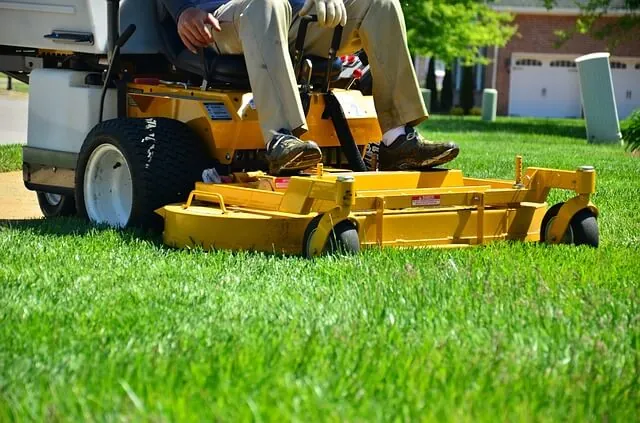
The two mechanical control techniques most often used are tillage and mowing.
Chemical Weed Control
There are weeds which can become aggressive to the point of taking over.

In cases like these, chemical control is sometimes necessary to control the germination or growth of the weed species. Herbicides like glyphosate, bromoxynil, and paraquat are used.
Biological Weed Control
Refers to any technique that involves the use of natural enemies of weed plants to control the germination of weed seeds.

Examples of biological weed control include sheep to control tansy ragwort or leafy spurge.
Of course, which weed goes and which weed stays depends on the individual gardener. Some weeds can actually be quite attractive in the garden, and don’t really bring harm to plants or soil.
For more information on weeds, here’s a helpful Photo Guide to Weeds.
What types of weeds are common in your yard or garden and what methods do you use to control them?
References:
Phipps, N. (2014, December, 18). What Is a Weed: Weed Info and Control Methods in the Garden. Retrieved from http://www.gardeningknowhow.com/plant-problems/weeds/what-is-a-weed.htm
Pleasant, B. (2013, May). Six Tips for Effective Weed Control. Retrieved from http://www.finegardening.com/six-tips-effective-weed-control
Bayer CropScience. (2015, August 18). Why is controlling weeds a global challenge? Retrieved from http://www.cropscience.bayer.com/en/Commitment/Integrated-Weed-Management/Weed-basics.aspx
Ligenfelter, D. (2015). Introduction to Weeds: What are weeds and why do we care? Retrieved from http://extension.psu.edu/pests/ipm/schools-childcare/schools/educators/curriculum/weeds/introweeds
Schonbeck, M. (2013, August 20). An Ecological Understanding of Weeds. Retrieved from http://www.extension.org/pages/18529/an-ecological-understanding-of-weeds#.VfCodRGqqko
Quinian, J. (2014). Identifying Weeds: Pictures of Weeds. Retrieved from http://www.growinganything.com/identifying-weeds-pictures-of-weeds.html
Kindersley, D. (2012). Three Types of Weeds. Retrieved from http://www.hgtv.com/design/outdoor-design/landscaping-and-hardscaping/three-types-of-weeds
Mr. Grass (2014, July 7). Summer Lawn Tips. Retrieved from http://www.mrgrassblog.net/category/broadleaf-weeds/
Department of Agriculture and Fisheries. (2013, October 14). Photo guide to weeds. Retrieved from https://www.daf.qld.gov.au/plants/weeds-pest-animals-ants/weeds/a-z-listing-of-weeds/photo-guide-to-weeds
Dillon, P. (2015). An Introduction to Grasses and Broadleaf Weeds. Retrieved from http://www.uky.edu/Ag/IPM/scoutinfo/weeds/wdintro.htm
IOWA State University. (2015). Concepts of Plants as Weeds. Retrieved from http://masters.agron.iastate.edu/classes/514/lesson12/12.1.html
Pleasant, B. (2014, November). Six Tips for Effective Weed Control. Retrieved from http://www.finegardening.com/six-tips-effective-weed-control
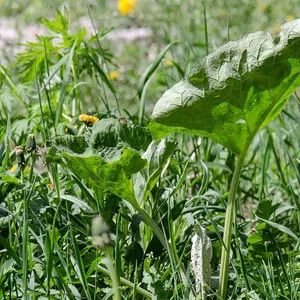



0 Comments